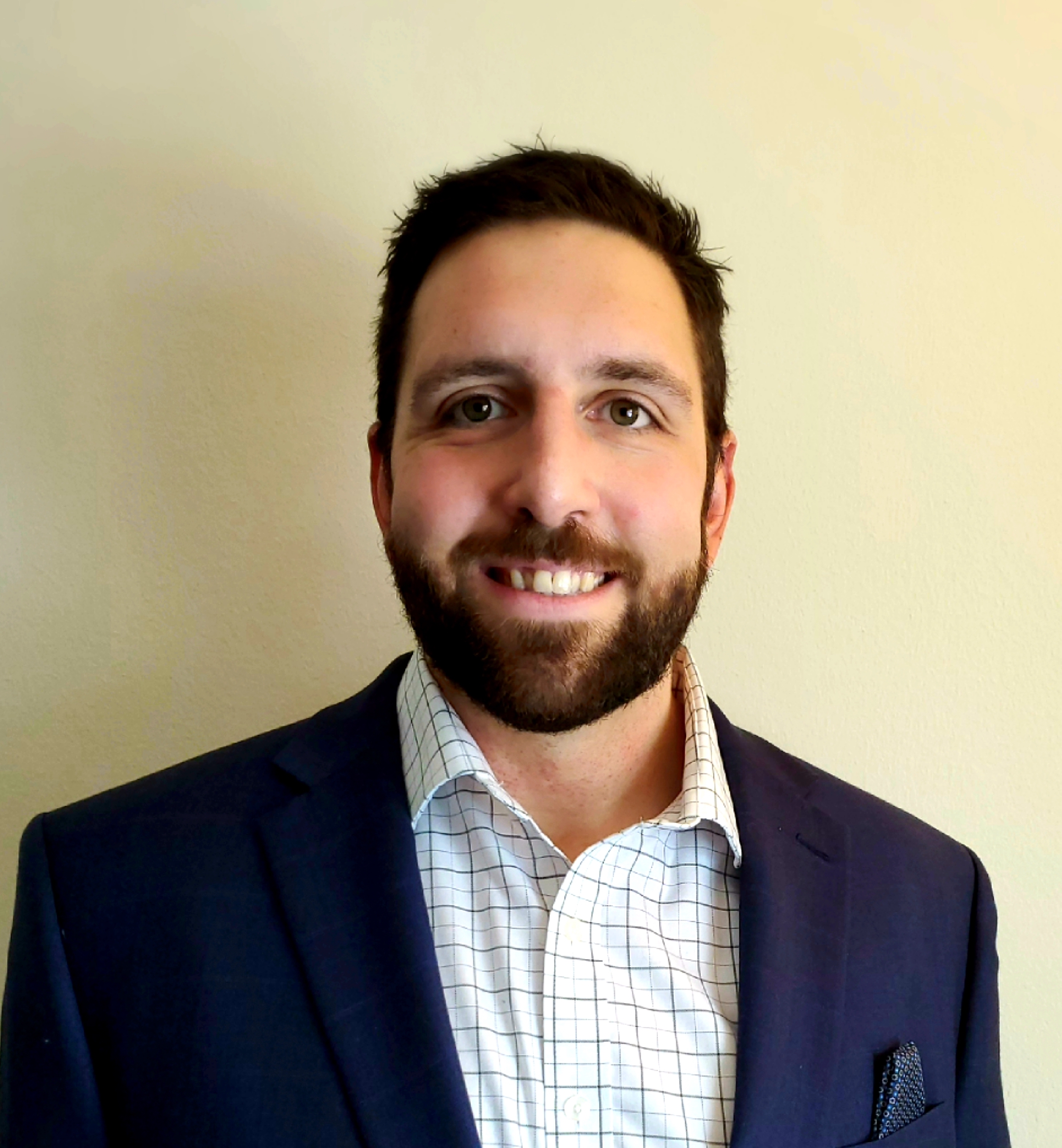 |
Assistant Professor
Department of Microbiology and Immunology |
|
|
E-mail: |
daniel.salamango@stonybrook.edu |
|
Dr. Salamango's lab has moved to the University of Texas Health Science Center at San Antonio and is no longer accepting new graduate student trainees from SBU. |
||
|
Research |
Our lab is broadly interested in host-pathogen interactions between cellular proteins and diverse viral pathogens. We utilize both traditional and “new age” molecular virology approaches (i.e. deep mutational scanning and whole genome CRISPR/Cas9 screening) to study viral protein localization, function, and genetic interactions with host-cell proteins. Our current focus is geared towards understanding how viral proteins from diverse viral pathogens, such as Human Immunodeficiency Virus (HIV), Influenza A Virus (IAV), and Severe Acute Respiratory Syndrome Coronavirus-2 (SARS CoV-2) subvert the host organism’s cellular processes and innate immune responses. Our current research efforts include: 1. Understanding how HIV-1 Vif remodeling of the cellular phosphoproteome enhances viral pathogenicity and impacts patient outcomes The canonical role of the HIV-1 accessory protein Vif is to counteract the mutagenic potential of the family of APOBEC3 cytosine deaminase restriction factors. Vif achieves this by targeting the APOBEC3s for proteasomal degradation before they can “attack” the HIV- genome. Interestingly, Vif can also induce G2/M cell cycle arrest in a variety of different cell types, but we don’t know how this benefits the virus. We have shown that Vif degrades a family of PP2A phospho-regulators (PPP2R5A-E) to induce G2/M cell cycle arrest, when this happens during the course of an infection, and that this activity is present in roughly half of patient samples tested. The two major questions we are addressing are: 1) how does PPP2R5 degradation and subsequent disruption of PP2A-mediated signaling enhance HIV-1 pathogenicity, and 2) what impact does this have on patient outcomes? 2. Determining the role of phosphorylation, and de-phosphorylation, in regulating IAV protein functions Almost all IAV proteins become phosphorylated at multiple different amino acid residues during the course of an infection. For some of these events, phosphorylation has been linked to regulation of subcellular localization, protein oligomerization, counteraction of innate immune responses, and binding to viral RNAs. However, for many of these events the functional role has yet to be elucidated. Furthermore, virtually nothing is known about the role of cellular phosphatases in regulating the dynamic nature of these phosphorylation events. We are interested in 1) determining the roles of cellular phosphatases in regulating IAV biology, and 2) ascribing functions to phosphorylation events that have yet to be characterized. 3. Studying SARS CoV-2 nascent particle assembly pathways and immune evasion strategies SARS CoV-2, the causative agent of COVID-19, utilizes overlapping mechanisms to evade and disrupt innate immune signaling pathways. Immune evasion and suppression are achieved through two major mechanisms. First, the virus induces complex membrane rearrangements to form double-membrane vesicle (DMV) compartments that shield viral nucleic acids and proteins from host-defense mechanisms during replication. Second, the virus deploys several virulence factors to antagonize activation and propagation of innate immune signaling pathways. Importantly, the cellular pathways and protein/protein interactions used to generate DMV compartments and antagonize innate immune signaling pathways are poorly understood. We are interested in 1) understanding the cellular pathways exploited to form DMV compartments and generate nascent viral particles, and 2) defining the protein/protein interfaces used by viral proteins to subvert the host innate immune response. |
|

